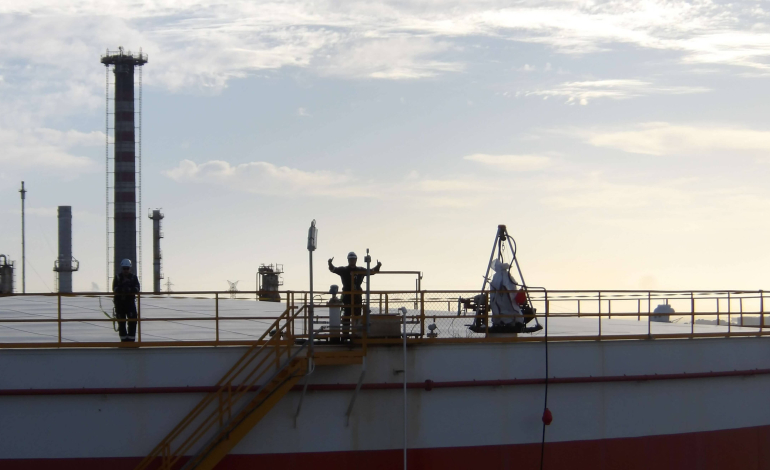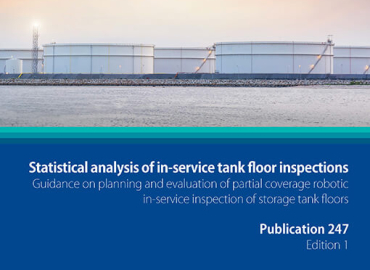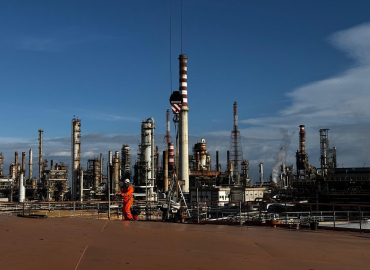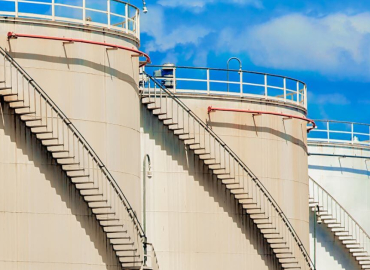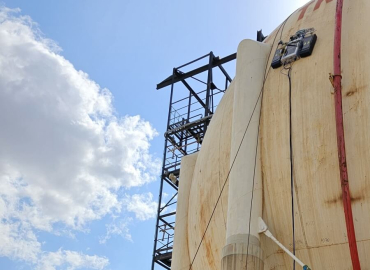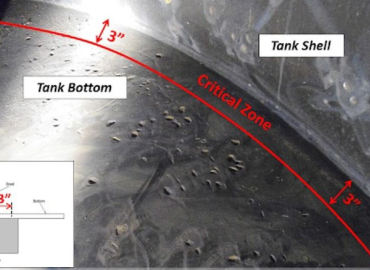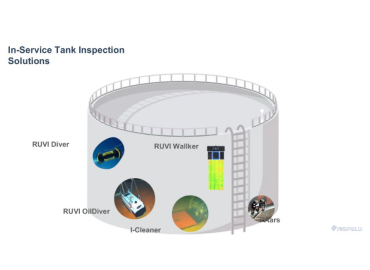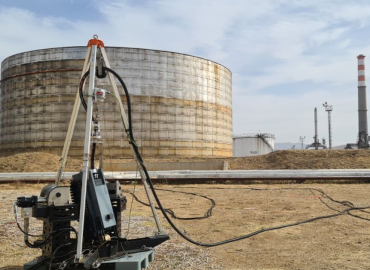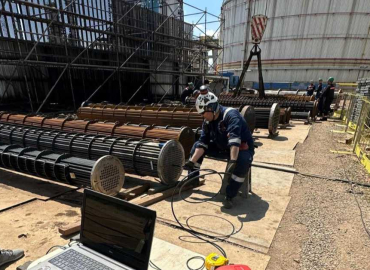In energy, petrochemical, and storage tank industries, safety is not a target, it is a non-negotiable requirement. Every equipment that enters a refinery, tank terminal or a petrochemical plant must operate without creating ignition risk. This requirement becomes significantly more critical when operations involve explosive atmospheres such as hydrocarbon vapors, flammable gases or volatile residues inside storage tanks. At AIS…
